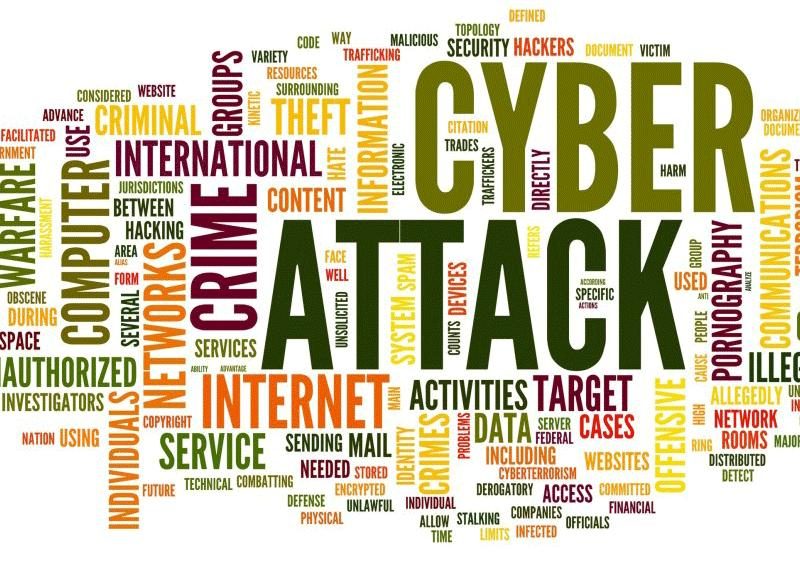Cybersecurity pros know that 2019 was wrought with challenges in the realm of data security. According to some evaluations, the median cost of a data breach in 2019 was $3.92 million, the steepest amount ever recorded in the field of data security monitoring. Not surprisingly, data breaches were at an all-time high, with numbers predicted to rise in 2020.

In the first half of 2019, breaches broadened by 54%, with more than a million independent agencies disclosing infractions. IT security can work to stay one step ahead of the bad guys, but sadly, many emerging threats require major solutions and precautionary measures. Here are the most significant cyber risks that will define the 2020 year.
Insider Threats
Most of us visualize cybercrimes being executed in dimmed basement bedrooms in distant hacker dens. In truth, insider threats, or threats that arise within a targeted organization, are far more prevalent. The player involved doesn’t need to be a present employee or heavyweight in the organization. They can be consultants, former employees, or even board members. As of late, the most significant cybersecurity threats are found lurking within the confines of the office walls.
Professionals cite that insider threats account for more than one-third of all data infractions. The threat category is nuanced and convoluted, often involving actions like accidental sharing, data disclosure methods, and intentional data theft. These uncommon categories make for robust threats that require companies to impose insider threat prevention strategies. Securing data against insiders and unknown variables through endpoint data loss prevention software and employee monitoring is key in 2020.
Phishing Scams
Despite the efforts of IT security firms, insider threat prevention strategies, and email filtering, phishing scams somehow regularly make their way into inboxes across the globe. Each time a phishing email is opened, personal and company data is potentially put at risk. Phishing scams are fraudulent attempts to obtain sensitive information such as usernames, passwords, and credit card numbers by disguising themselves as trustworthy entities in email. Unsuspecting folks open these emails every day, expecting them to be from a known contact. In the coming year, increased personalization and other ingenious fraud tactics like HTTPS encryption will become the norm, making it even more important for companies to train employees on the perils lurking in their inboxes.
Exposed Cloud Databases
For companies big and small, cloud computing is normative and useful. Unfortunately, as many businesses move towards cloud computing, the transition period lends an opportunity for major data exposure. Without proper tech oversight, this can lead to a massive data breach. In 2019, a single independent serve exposed 1.2 billion records that were meant to remain unseen. That’s a major violation of data privacy.
In the 2020 year, companies will need to lock down their resources and ensure that critical data is password protected and never openly exposed when transitioning toward cloud computing. Storing information in the cloud is a great technological advancement, but it comes with its own set of risks and potential pitfalls.

Cyber Security Researcher. Information security specialist, currently working as risk infrastructure specialist & investigator. He is a cyber-security researcher with over 25 years of experience. He has served with the Intelligence Agency as a Senior Intelligence Officer. He has also worked with Google and Citrix in development of cyber security solutions. He has aided the government and many federal agencies in thwarting many cyber crimes. He has been writing for us in his free time since last 5 years.











